The quality of an interior space does not depend on the luxury of the materials used, but on the virtue, grace and good taste with which the designer knows how to combine them.
And since this is not an easy task, we decided to contribute some ideas with this compilation of the best materials that you can use for interior decoration.
Why do material combinations work so well visually?
Before getting into the matter, we are going to reveal the "trick" behind each of the combinations that we will see below.
For a moment let's go back to the basics of human perception and remember that we do not experience the world in absolute terms, but in terms of contrasts. In other words, we cannot touch something and know exactly how many degrees centigrade it is, nor can we state with certainty the coefficient of friction of the surface.
Our brain needs references, and generally understands the world using opposite qualities: Wood, for example, is soft compared to stone, rough. For a combination of materials to enhance and highlight the best of each one, opposing qualities must be harnessed, capable of being juxtaposed in harmony.
With this in mind, let's start with our listing:
Wood and blacksmithing = Study swing
For those who like pure geometry, this combination of materials has spectacular results, as is evident in the designs of Vaivén Estudio, which combines the soft shapes of wooden furniture with orthogonal structures and round lines made of steel.
In each of its pieces, this superposition of qualities and forms is in perfect balance. Take a tour of their website and see with your own eyes the excellence of their results

Gold leaf and watercolor = Fervor
Ever since humanity is such, we have had an inexplicable fascination for gold, a metal that is inextricably associated with architecture and decoration. And we are not referring to the baroque altarpieces, but to much more modern examples, such as the works of Mathias Goeritz, taken up by Luis Barragán and applied masterfully in his home studio.
The beauty of gold transcends time and styles, and can be used even in contemporary design, as demonstrated by Fervor: a studio that produces paintings and decorations in which gold leaf is mixed with other materials and techniques, such as watercolor, paintings acrylics and wood.
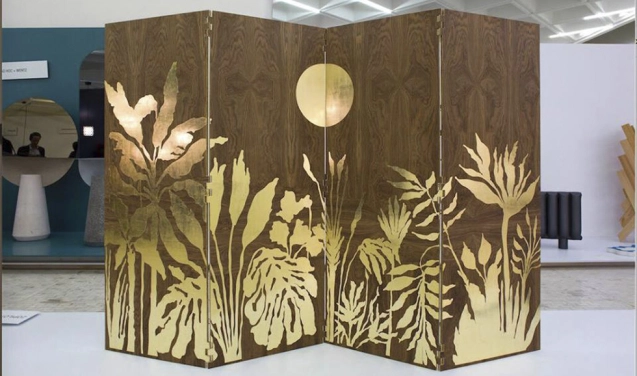
Wood and resin = Mutable mx
Synthetic materials - such as polymers and resins - are not at odds with the feel and taste of their natural counterparts - such as wood. In fact, the combination of both can have unexpectedly good results.
As we said before, plastics have a solid, smooth and uniform texture with hardly any color variations. In contrast, wood by nature has unique veins that provide variations throughout the length and width of each piece.
The result of combining these elements is beautiful wherever you see it. In fact, it is such an effective idea that many furniture and decoration pieces - such as those produced by mutable mx in its incredible Bol collection - incorporate it into their design.
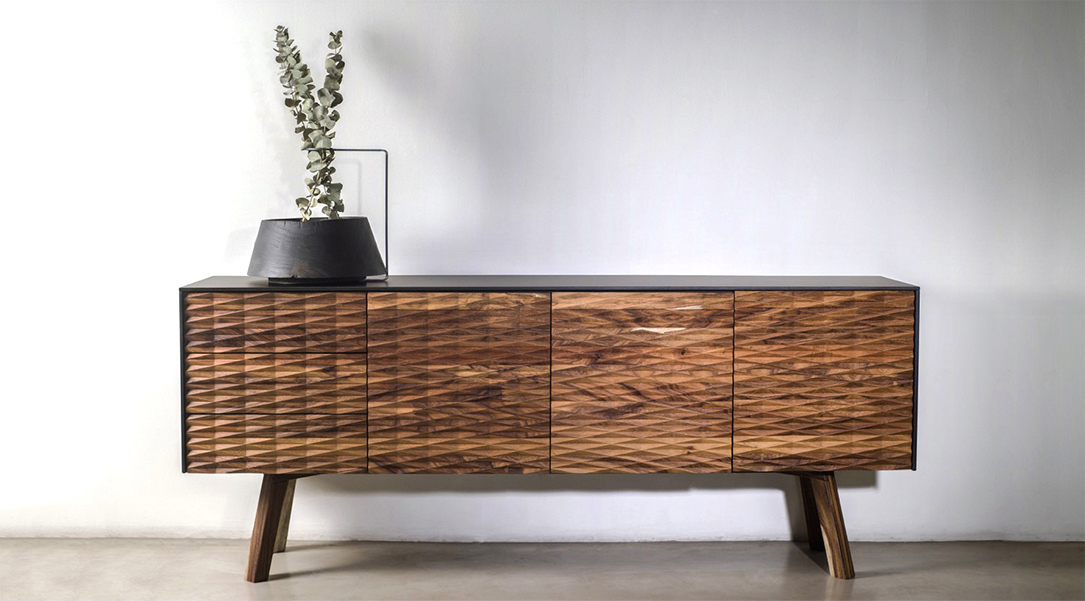
Polyurethane + Textiles = POLaRT
Polyurethane is a polymer with a smooth texture, both to the eye and to the touch. When working on furniture and objects made from a single piece, this property gives them a very peculiar sense of visual continuity that refers to hi-tech. In addition, the solid colors of the pieces in this material rarely exceed two.
When you have a piece of furniture with these characteristics, the best thing you can do is combine it with a material with totally opposite visual and tactile properties: something rich in textures and colors that contrasts with the solid surfaces of the piece of furniture: that is, a rug or a carpet.
Not only is the contrast between both such uneven textures aesthetically irresistible, but placing the furniture in question on the rug defines an area, a kind of "living space" for the furniture to take center stage in the room.
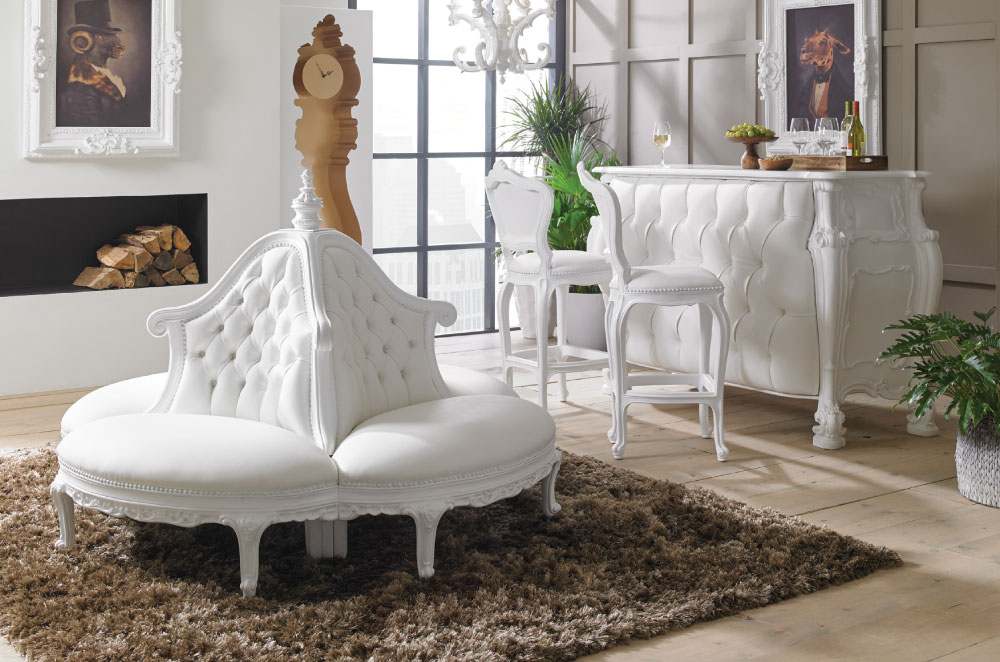
Wood + Volcanic Stone = Solid Design Outline
Elegance and class come in different presentations, and the favorite of many is the one that is manifested in the combination of the two best natural materials in history: wood and stone.
Solid Design Contour found that volcanic stone - abundant and characteristic of the center of the country - is a material with excellent plastic properties: its texture, color, and above all its resistance, make it unsuspectedly useful for making furniture.

But the volcanic stone is only half the magic. His character is only revealed when he is in the company of Wood, but not just anyone. After a long process of experimentation, this study decided to opt for woods with light tones and marked veins, such as parota.
The contrasts in texture and color between both materials are so aesthetic that once you know the pieces in this study, it is highly likely that you will end up acquiring at least one.
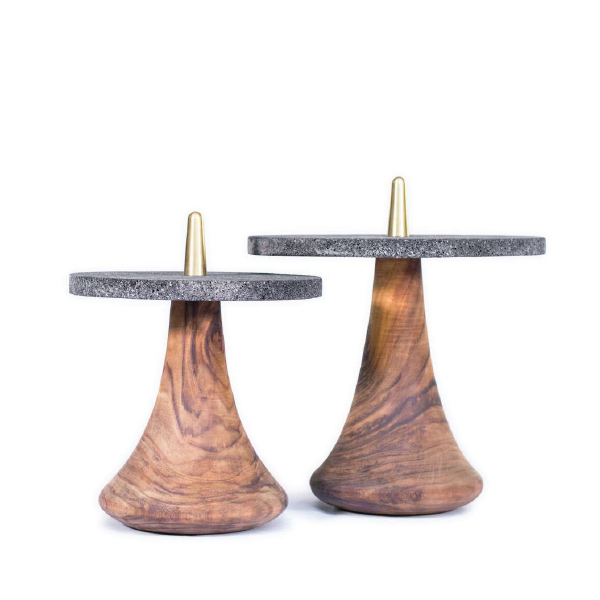
Did you know any of these design studios? What combination did you find the most aesthetic? Tell us in the comments!


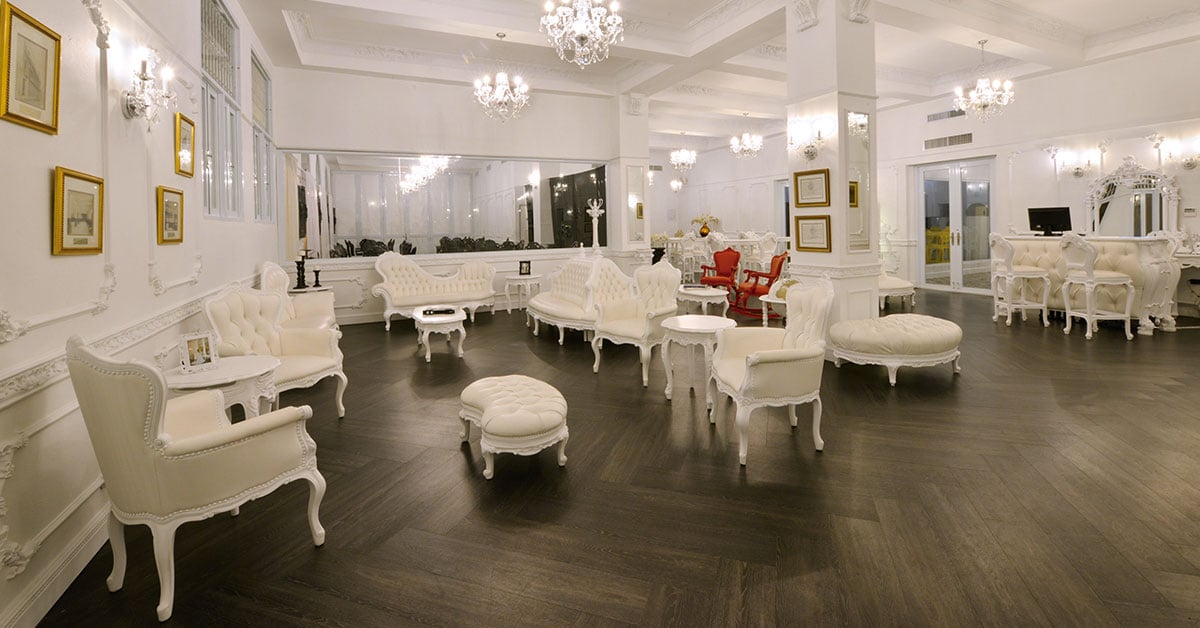


Leave Comment